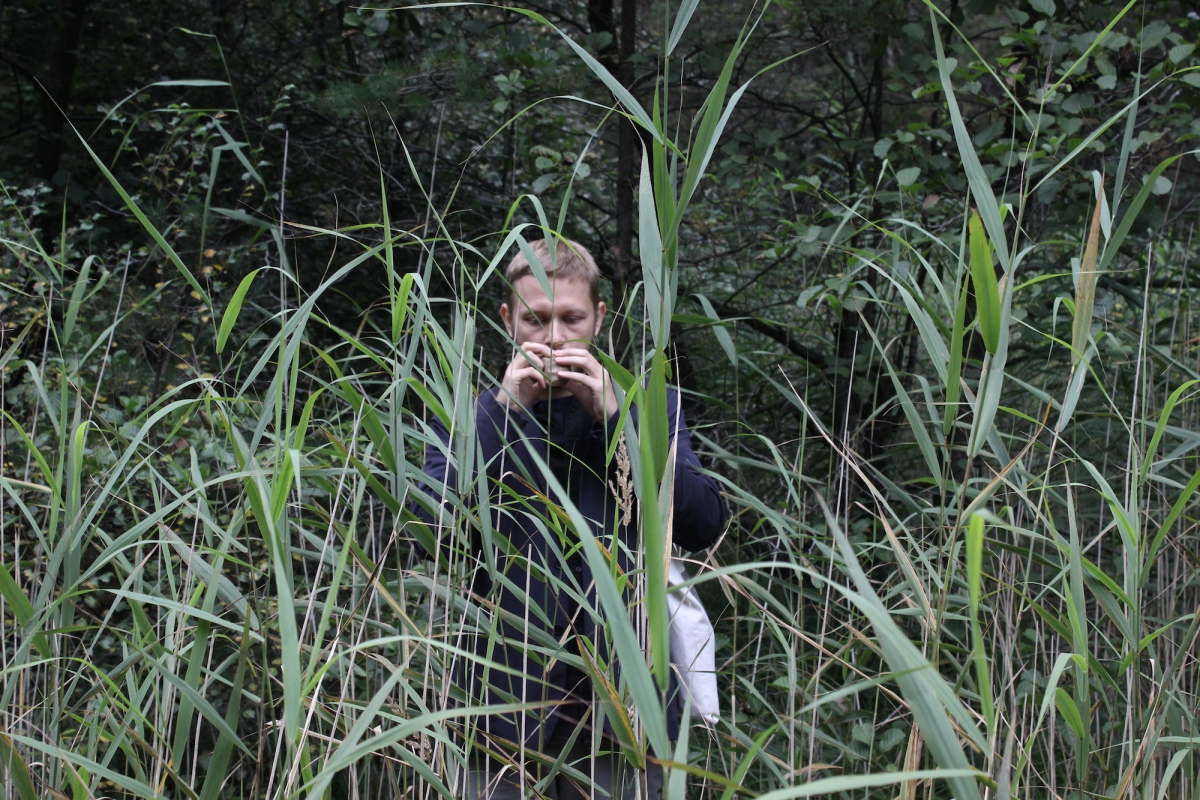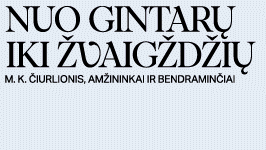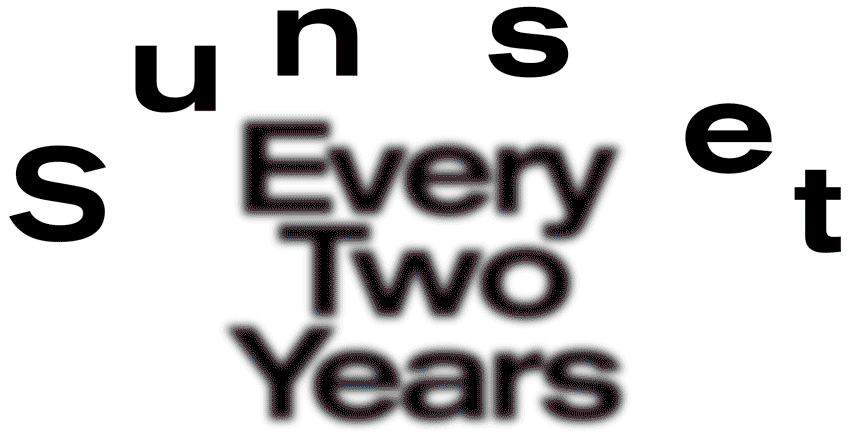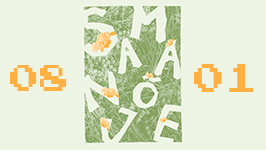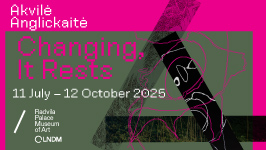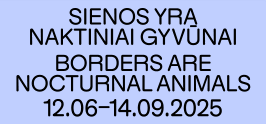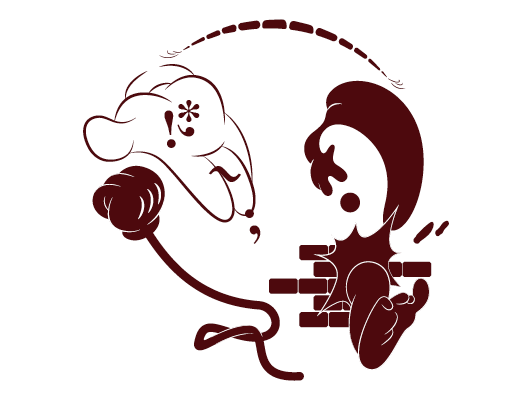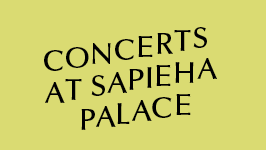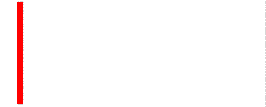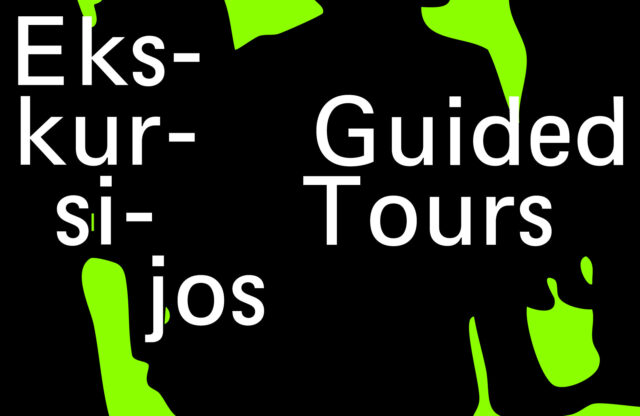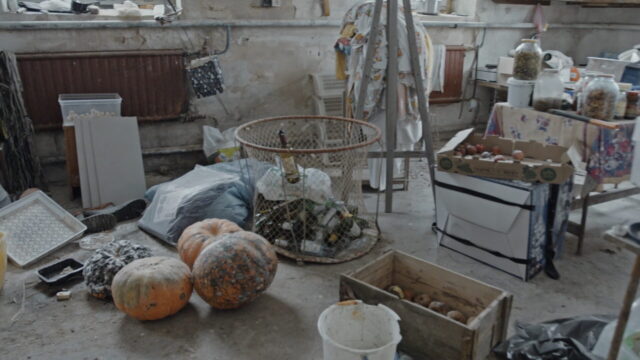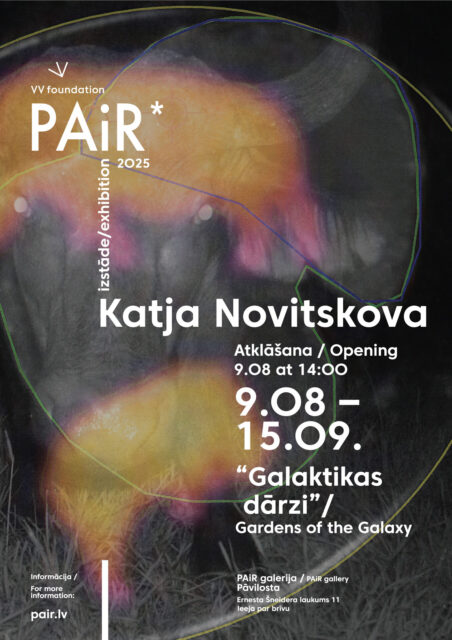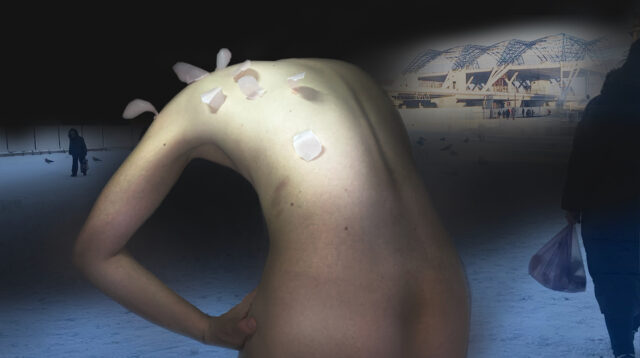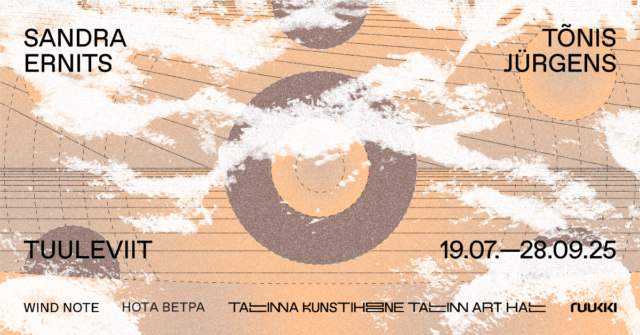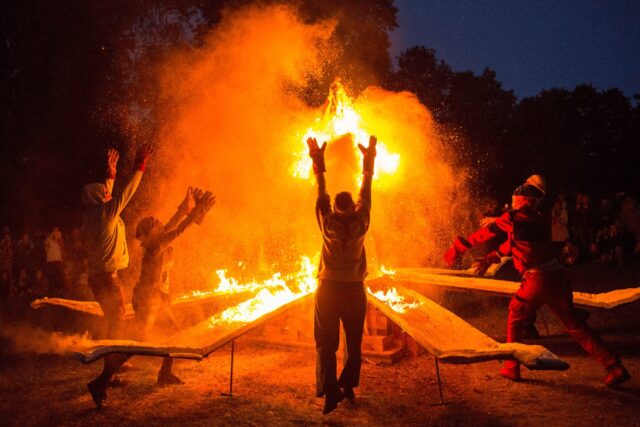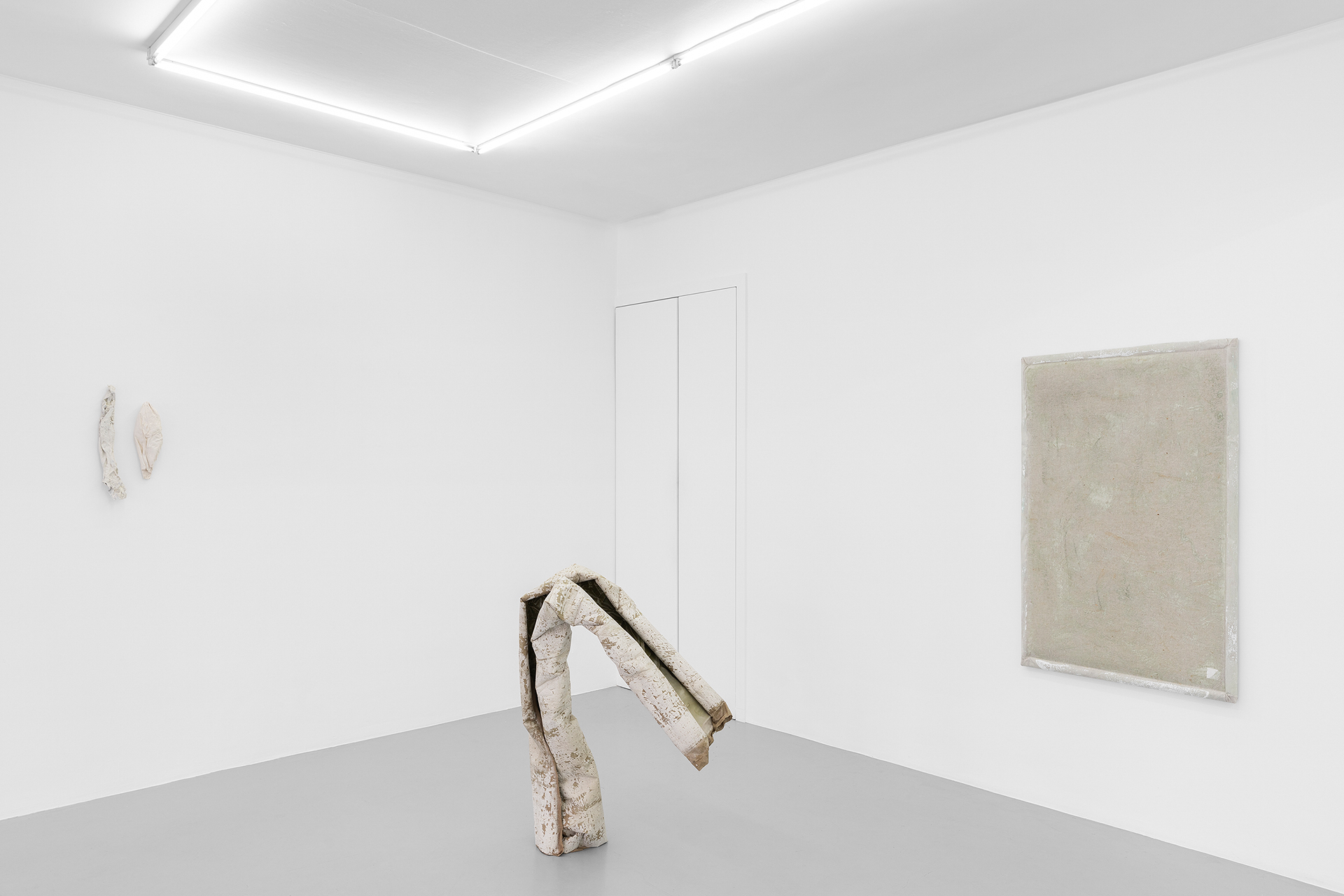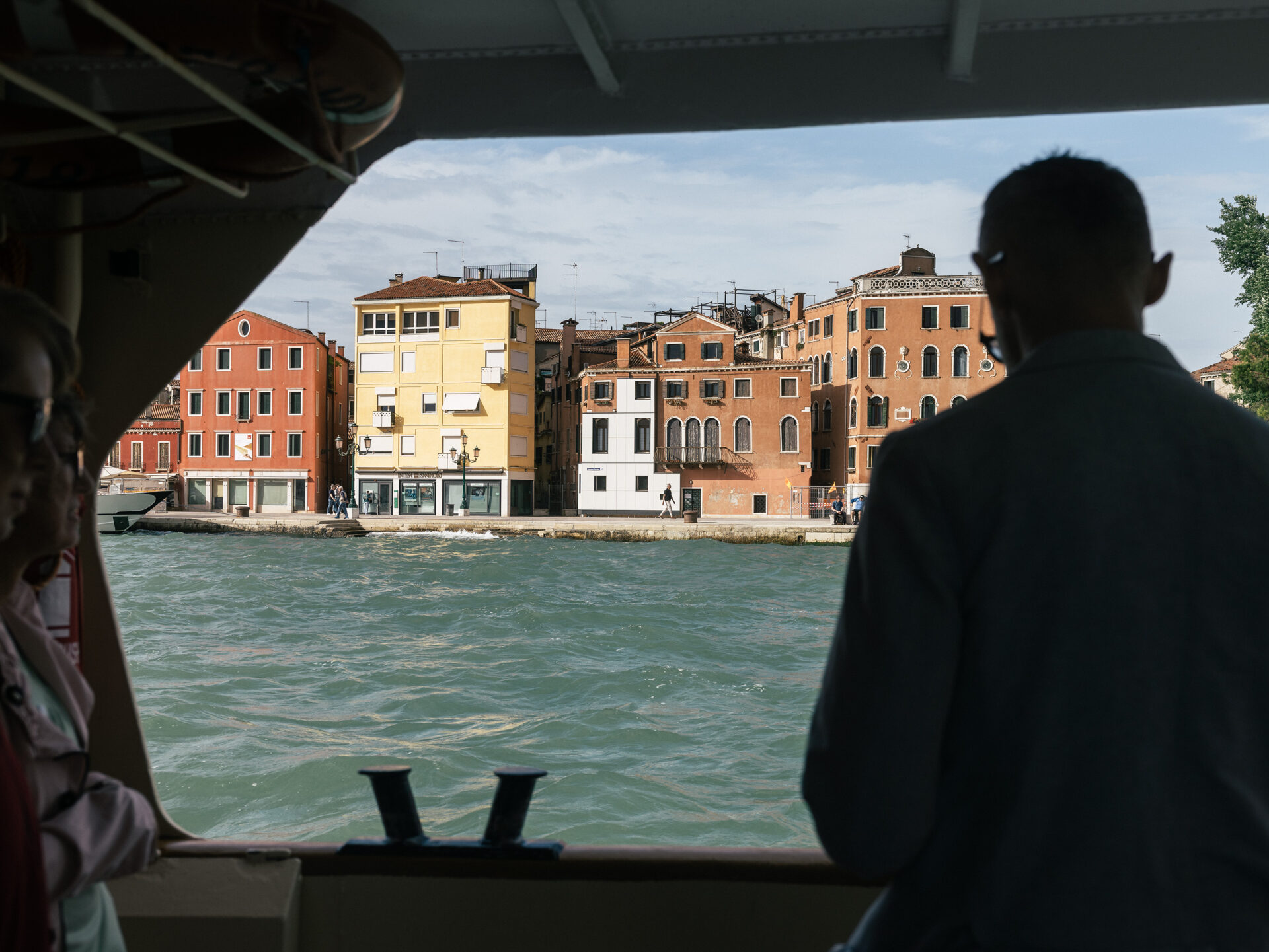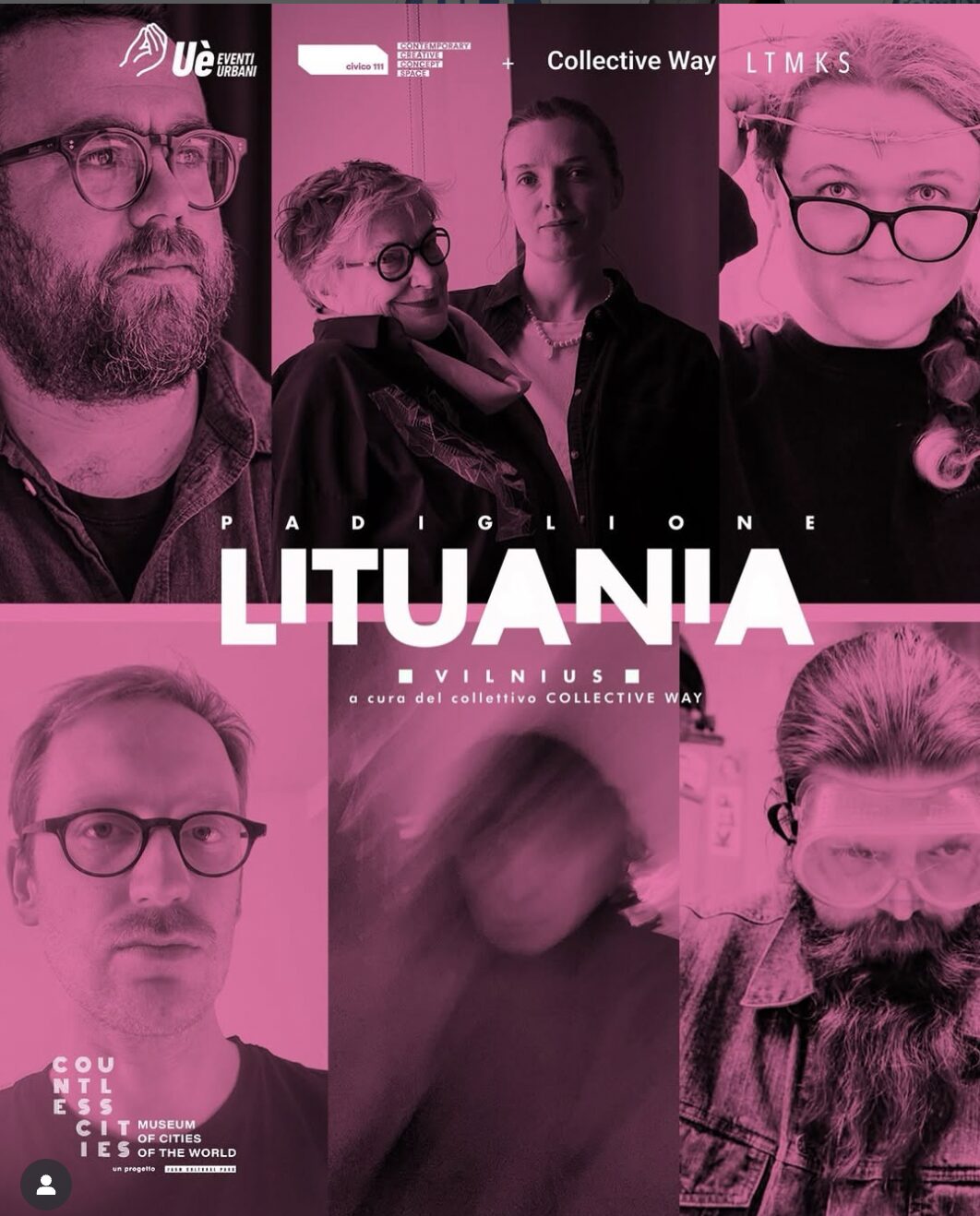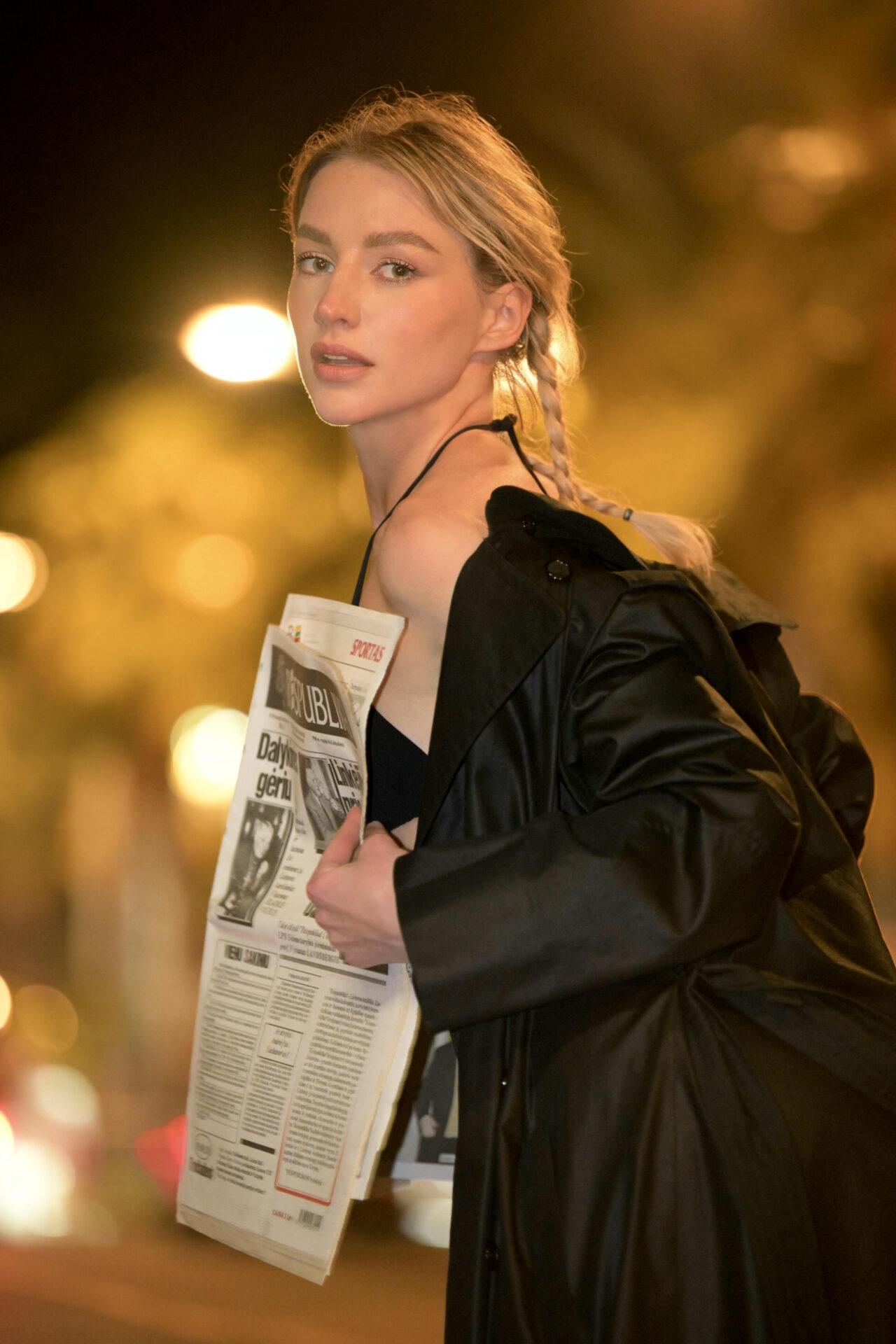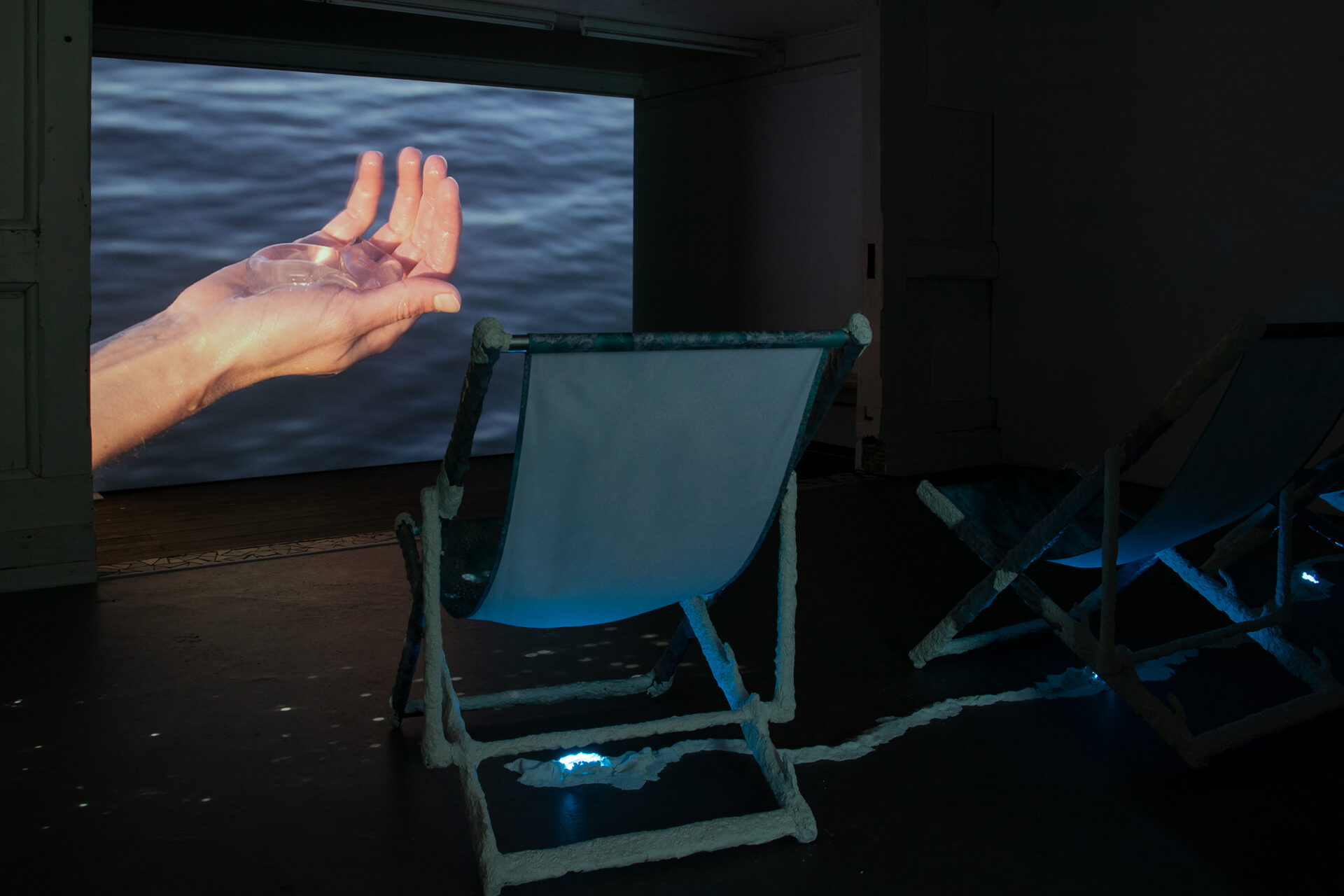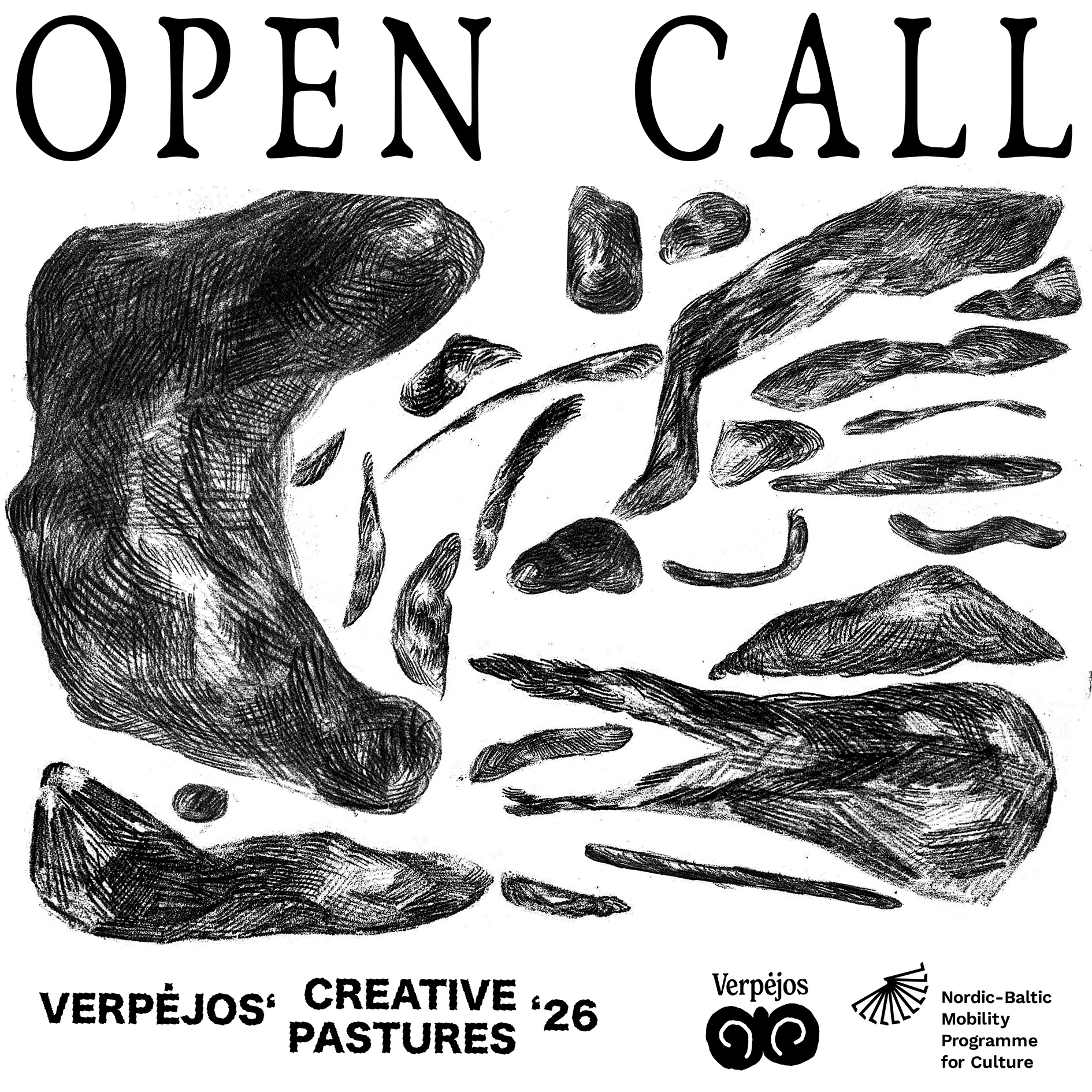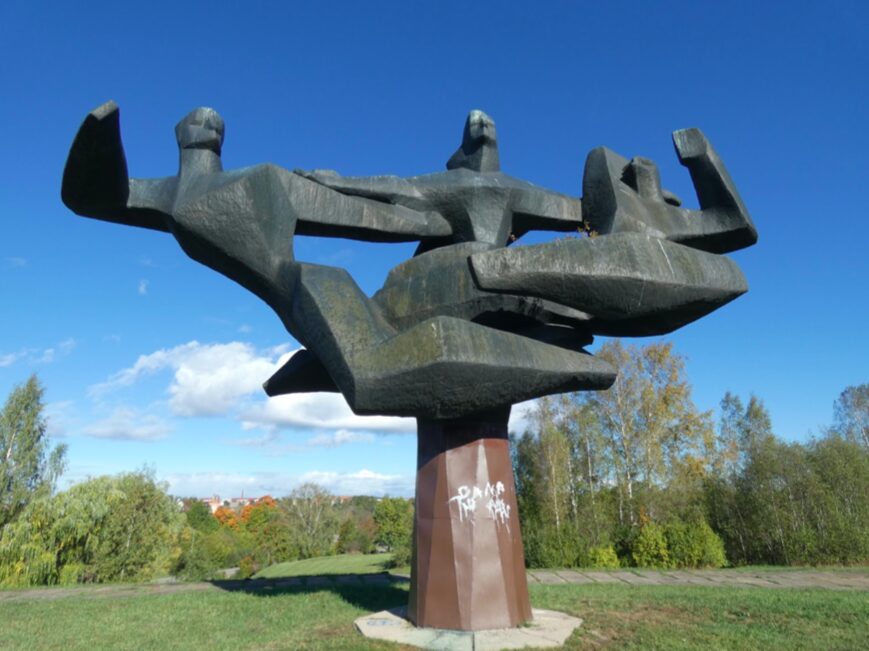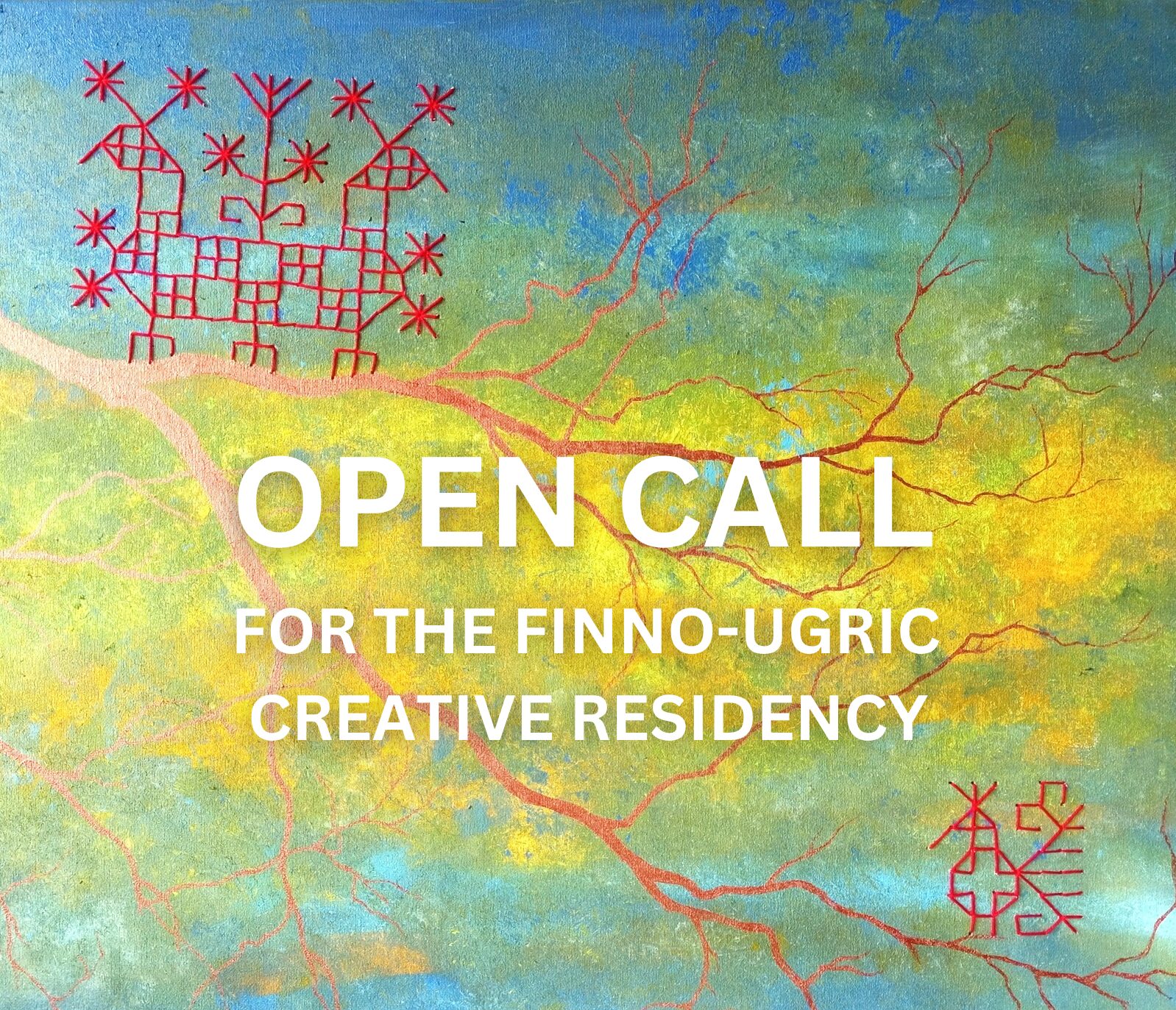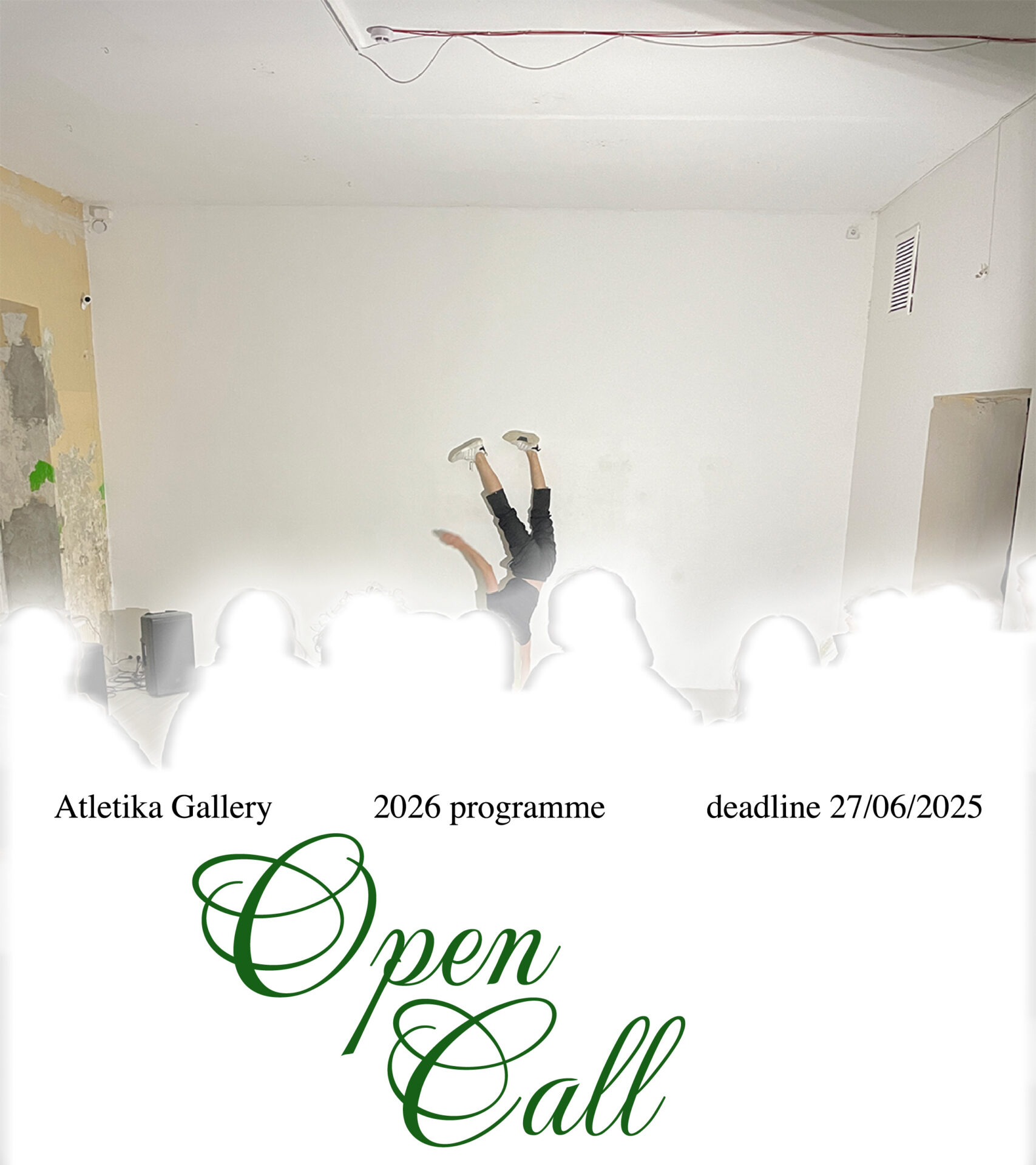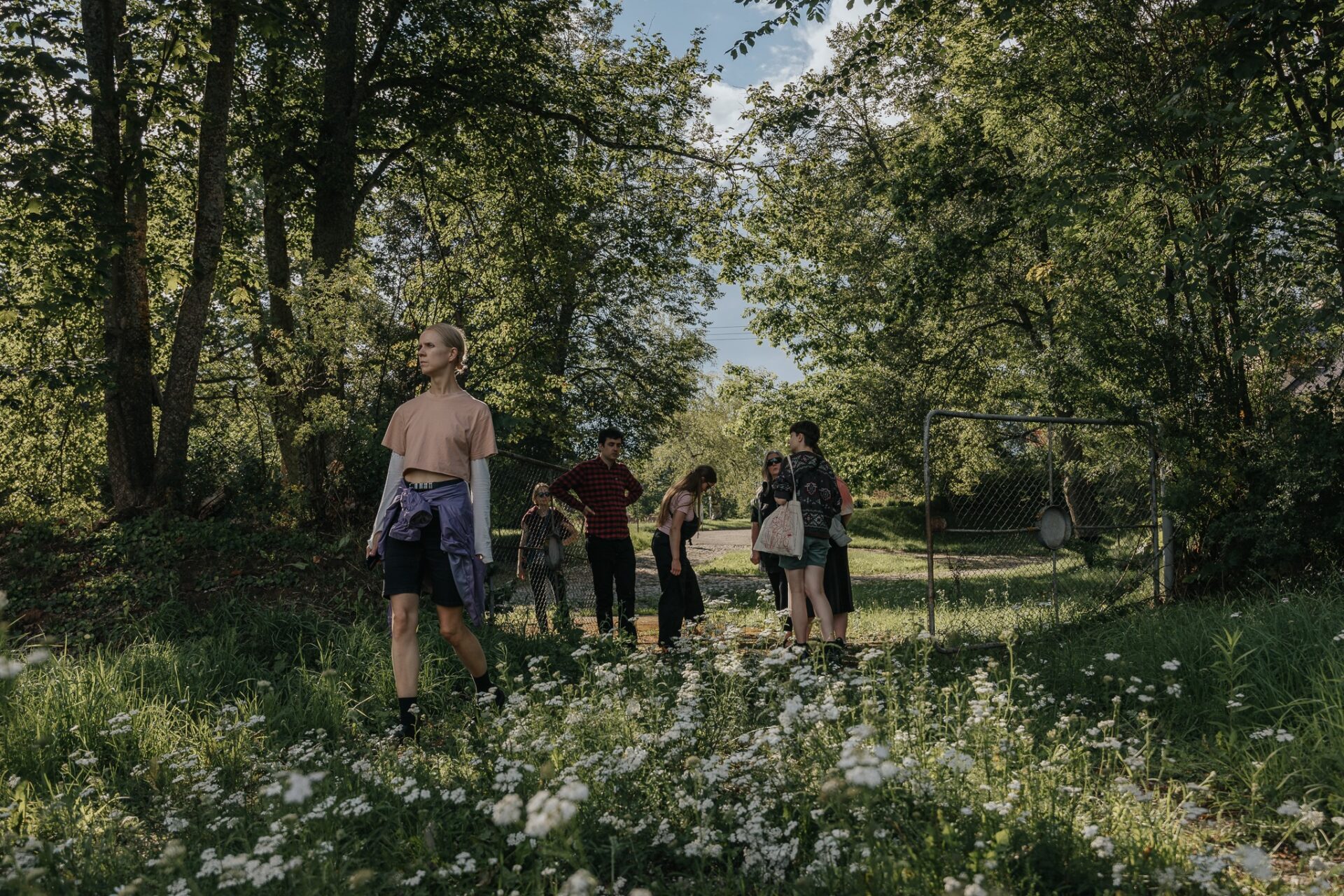Once a year, people gather round their radios and listen to a birthday broadcast. Not to hear a song that their friends have requested for them, but for something greater and more abstract: for 17 January marks the birthday of art. In 1963, the Fluxus-related ‘maestro of happenings’ Robert Filliou wrote that thousands of years ago, art was born on this particular day.
This year Lithuania joined the international celebration, thanks to Artūras Bumšteinas. Appropriately enough, on 17 January, the Kaunas Artists’ House hosted the audio and video performance evening ‘Art Birthday 2020’, curated by Bumšteinas, together with Edvinas Grinkevičius. The participants were Eye Gymnastics, Kojos sopa, and Bergur Thomas Anderson. The design was by Gailė Pranckūnaitė. And Bumšteinas himself was joined by the vocal ensemble B2, who presented as new piece based on the words of Filliou.
Goda Aksamitauskaitė: I’ll start with the rather distant past. When I was a second-year art history student at Vilnius Academy of Art, the sculpture department organised a trip to the Venice Biennale and invited us to come along. One student, who was genuinely astonished, was rather tactless when another girl said she did not know what the Biennale was. How could anyone not know? After observing this short and seemingly unimportant exchange, the fear of giving away my ignorance about anything at all became even deeper. However, now that many years have passed, I can admit that I hadn’t heard anything about the birthday of art before the KAH event. The two instances are of a completely different nature, but this day should matter to us all. When did you start to celebrate art’s birthday?
Arturas Bumšteinas: My interest in the birthday of art grew as I listened to various art radio stations; so it was probably in 2007 when I first heard a live broadcast from the Austrian Kunstradio celebrating the birthday of art. I’ve tried to participate as a listener ever since. I usually connect to live broadcasts through the internet, wherever they are from, and wherever I am.
Over time, I started to think it would be a good idea to celebrate it in Lithuania too. I had been searching for partners for a couple of years, and finally, to my great joy, Kaunas Artists’ House team expressed an interest. Knowing that people all over the world are doing the same thing, that they are rehearsing, it is a huge stimulus to plan broadcasts as well, as I prepare for the event myself. It means that everybody will be connected to the same network. The feeling of belonging to a community is really fascinating, although in our times of social media it seems really simple and sensible at the same time.
Historically speaking, the Fluxus movement wasn’t only a part of the New York avant-garde scene; it was a global phenomenon. Robert Filliou himself was a French Fluxus artist. To understand why and how 17 January is important, it is obligatory to read Filliou’s ‘Whispered Art History’. This is an alternative chronicle of the history of art, where expressions of creativity in everyday environments are the focus of attention. The date isn’t an accident either: rather humorously, it coincides with the author’s own birthday. I’m convinced that celebrating art’s birthday annually commemorates art as a creative way of living that permeates all human existence, and not only the celebration of artefacts.
But doesn’t that devalue the significance of art? Hardly anyone who is interested in culture would claim that only artefacts can be regarded as art objects. However, how can we avoid getting tangled up in the comforts of the self-sufficiency of creative life? Surely there are some institutional safeguards? Are they enough, or, inversely, have they lost their role?
When I read Filliou’s text, I thought it was written by an enlightened person. It seems that throughout his life, he had been articulating, reciting or declaring certain truths clearly and in a loud voice, which in time nonetheless diminished. The timbre of his voice turned into a hiss, while the modified tone also changed the truths he had been declaring. The whispering, of course, is related to secrecy, too. The truths an artist states are fragile. However, after a while, even fragile truths rumble a lot louder, just like Fluxus, which, having fought against institutions for so long, eventually found its way into museums.
Last year, for the birthday of art in Berlin, you presented a piece called ‘Thus Time Goes By’, based on ‘Whispered Art History’. This year, you have created another Filliou-inspired work, performed together with the vocal ensemble B2. You have been collecting an organ archive, which occasionally gives birth to some of your artworks; while in the last couple of years, correct me if I’m wrong, you have focused on the possible use and capabilities of the voice, as well as the related historical links (or links to histories). For how long does a motif, an instrument or a text usually grip you? Why have you decided to take on ‘Whispered Art History’ again? Is the piece presented at the KAH intrinsically different from the Berlin version?
Art’s birthday 2018, which happened at the Berghain club, provided an interesting chance and place to work with a choir. The birthday concert’s location was closely linked to its local community; even though it took place on a Wednesday, not at a weekend when all the famous parties usually are, and so the people who gathered weren’t the ordinary crowd.
Returning to the idea behind the choir … To me, it seems symbolic, as we’re talking about the (not only) virtual commun(al)ity. ‘Thus Time Goes By’ can be heard on my website. The principle behind the piece is that each and every member of the choir individually improvised his or her chosen melodies, sung together with parts of Filliou’s text. After collecting all the singers’ personal interpretations, I formed a choral piece whose notation joins all the melodies together into a single collective stream. An E pluribus unum method, in a way. The text was also used in other works of mine, such as ‘Whispered January’, which was made as an ASMR and recorded together with Viktorija Damerell, or ‘Jonathan’s October’, a piece created for a piano recital by Jonathan Powell. I’m planning to use Filliou’s text to create works corresponding to all the months of the year.
For the birthday of art celebration in Kaunas, I wanted the text to be read out loud, as the opening event of the evening, so that the audience gets acquainted with Fillou’s words, and his homely but eccentric stories. I hoped the reading would be an introduction and a basis for comprehending later performances. So, this time, I’d like to emphasise not the creative work, but the creative way of reading.
What qualities of the voice as sound are most exciting to you?
When I work with the voice, the most interesting part to me is its owner’s individuality, his or her choices and proposals, not only about how, but also about what, to sing. Having recorded a freestyle voice, I later try to find a place for it in my pre-created structure. However, a voice excites me first and foremost with its unconventional, raw form.
In my opinion, working with professional singers, or with anyone with a good voice, should be relatively easy. What about ‘ugly’ voices, the croaking, rasping, poorly articulated, or just bare ones? Doesn’t the idea of improving them generate some ideas as well?
Such ‘uncivilised’ voices have actually always attracted me. Ever since the emergence of the Internet, I’ve been collecting a variety of voices, asking people to send me recordings of them reading or singing certain texts. Most voices in my works have the barthesian ‘grain’. Even more, behind each voice, there is a particular corporeality coming to the surface. It’s interesting to get a voice recording from ‘across the Atlantic’ with such a degree of corporeality.
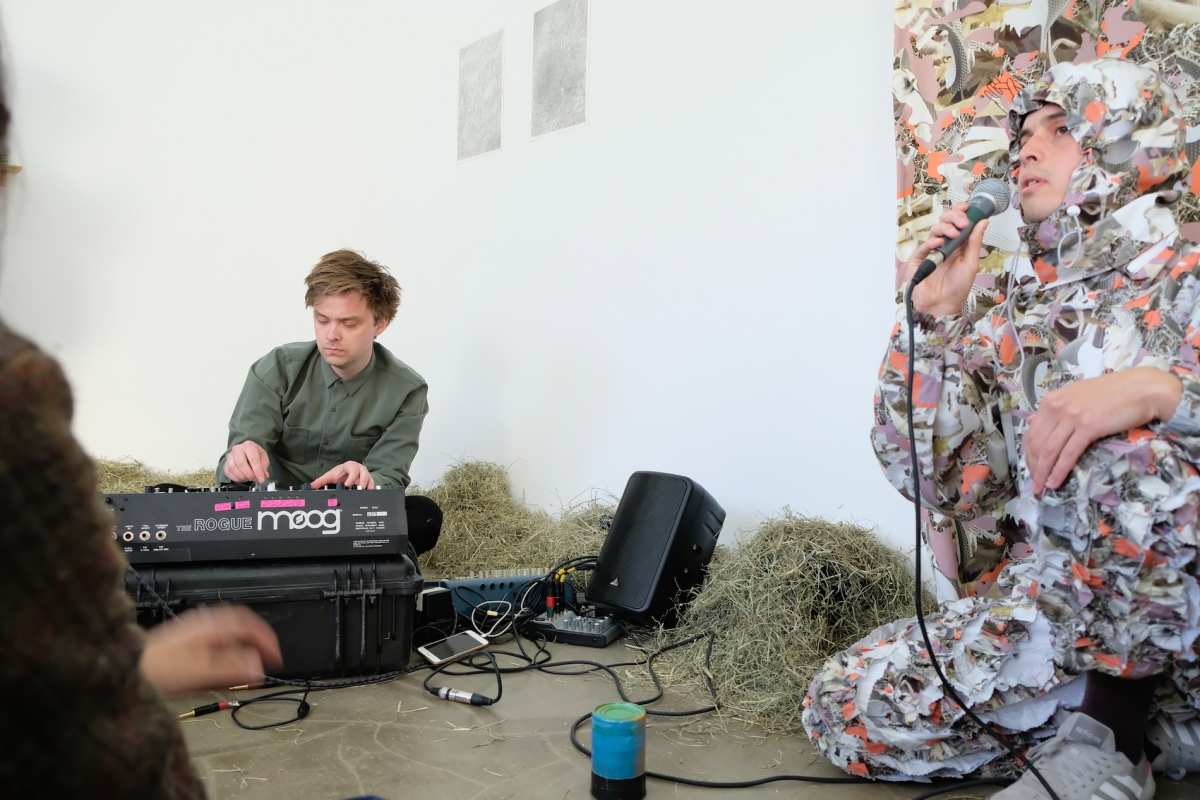
Bergur Thomas Anderson, Can you hear The Hum tonight?, 2019. Photo: Kristín Helga Ríkharðsdóttir
The event was broadcast on the Euroradio satellite network, as well as on the internet Palanga Street Radio. Today, it may sound funny, or even naïve, but I was really perplexed when I first realised that the emergence of radio was the turning point for mass broadcasting, which then became democratic on a completely new level. We cannot always make out the age, social status, race or even gender of the speaker, which might help to avoid attributing stereotypical qualities.
But let’s leave the voice as a reliable way of identifying people to one side, and focus instead on radio as a medium. You are clear about the role of radio in your creative practice. But is the employment of these two initiatives a conceptual or a practical move? Why was it so important that the broadcast would happen live, and not be pre-recorded, so that people could listen to it when it was convenient to them?
Listening to radio live can be compared to a telephone conversation: it is an active way of listening, when one synchronises with sound as it stretches in the flow of time. Knowing that it’s all happening live starts an internal dialogue, as if you are actually participating in a conversation. At the same time, you are aware of not being the only one who can hear it. However, you can never know who else is listening, or what other kind of internal dialogues are emerging. It is both a conceptual and a practical decision. Celebrating means being together. And it is not necessary to be in the same room. You can actually let the possibility of another space enter your state of mind, connecting you with a collective stream of time.
Do you feel the lack of a particular community, a lack of cooperation?
I feel the lack of my own will to give in to such impulses towards collectivity.
You are the initiator of the birthday of art idea at the KAH, and also one of the curators and a participant. I will not guess whether juggling all those roles is difficult. I’m asking you, as the curator, directly. The event was joined by the duo Eye Gymnastics, who debuted at the Jauna Muzika festival last year, and by the artist Bergus Thomas Andersen, who had previously been a resident at Nida Art Colony, and who now has a weekly show on Palanga Street Radio. How did you choose the participants?
The event was curated with Edvinas Grinkevičius, who was responsible for half the programme. I decided to invite the Eye Gymnastics duo because of the same community or family aspect. Eye Gymnastics consists of my life partner and a colleague of mine, so it’s family. Whenever I curate, I always want to start with my own circle, and then look a bit further afield. This time, it did not go very far. But perhaps something close and familiar to me could be very interesting to, say, someone listening in a small village in the French Alps.
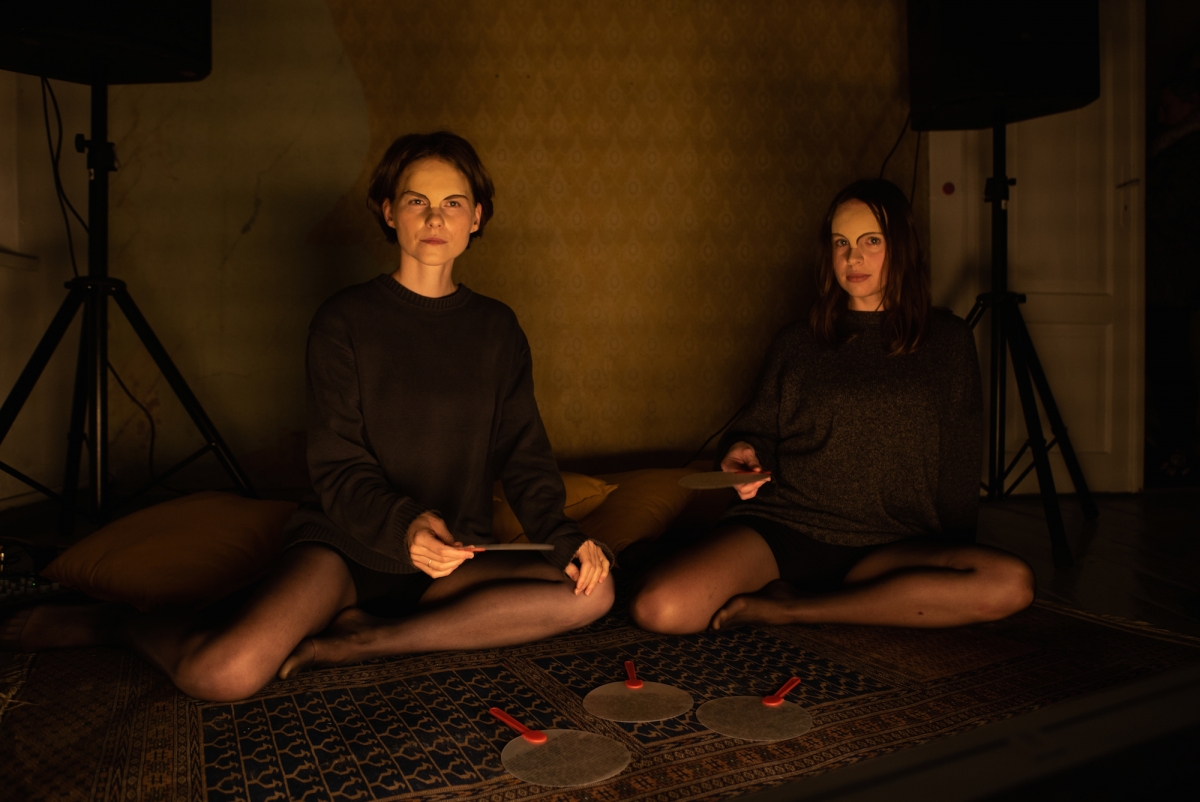
Eye Gymnastics. Photo: Laurynas Skeisgiela
It seems that the event was aimed mainly at a global audience, not the visitors who gathered at the KAH on a Friday evening? The physical and visual elements play a supporting role.
I wouldn’t agree. It seems to me that the performances, except perhaps for my own, were particularly visual. It was very important that they could function both on radio and in an actual live setting. We considered this a lot while we were preparing for the event.
You carry out different creative projects with a range of people: some names recur, while others appear only once, and that’s that. It gives the impression that you are seldom completely alone. What principles do you apply when working with a team? Or to put it another way, are B2 co-authors, or are they an instrument in their creative reading?
I’m not very fond of the ‘one man show’. I’d say ‘it’s never a one man show’. The principles of cooperation usually depend on the context. The B2 collective consists of five people, who suggested how the text could be read, so that they would find reading it exciting as well. We tried to find many ways of reading, whispering and singing together, although they’d often regard themselves as instruments. That’s a rather academic approach, but luckily the collective agreed to experiment, and in fact they did so with joy and enthusiasm.
You have an MA in academic musical composition. Without wanting to accuse, I’ve often heard the view that academics do not step back from what they’ve been taught, and discover new ways of expressing music and sound. But it seems this doesn’t apply to you. How much is Fluxus relevant to you, not only as accumulated material worthy of artistic research, but also as a creative principle? According to ‘Whispered Art History’, it all started a million years ago, on 17 January, when a man took a dry sponge and threw it into a bucketful of water. What was the event that triggered your personal creative path?
It possibly started when I saw a huge Fluxus exhibition at the Contemporary Art Centre in Vilnius, in 1994 I think. I would skip school and spend entire days there. It attracted me with its simplicity, and its openness to individual strategies, and opinions on what art is and what it can be. A quarter of a century later, I still seem to feel that anarchic atmosphere, and the joy of finding a niche, which so beautifully houses coincidences, the ‘boredom’ of the everyday, the critique of institutional culture, as well as the men and women dressed in black, who, by the way, are always having a great time. But in the end, my ego is far too big for me to be a Fluxus artist.
